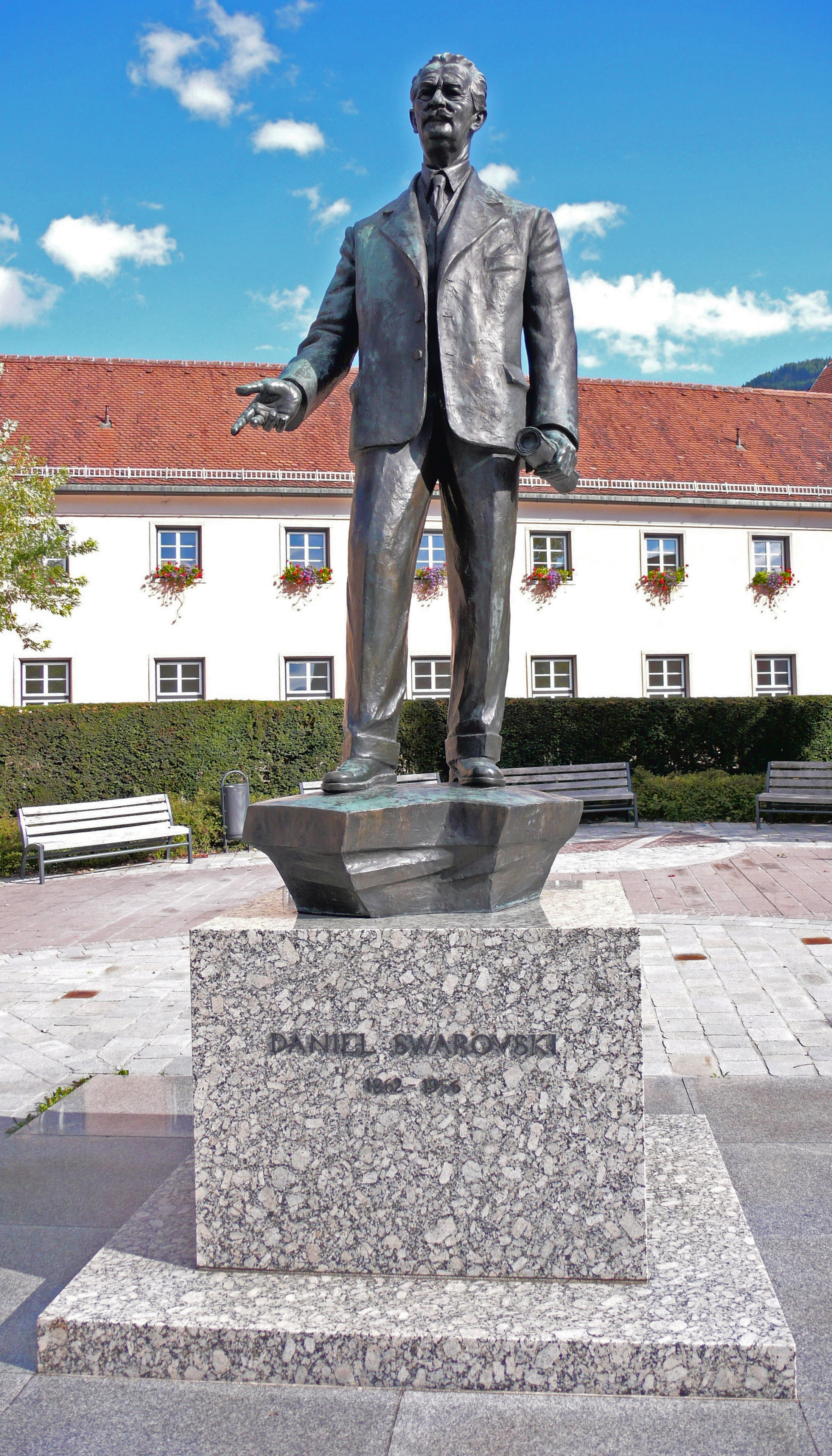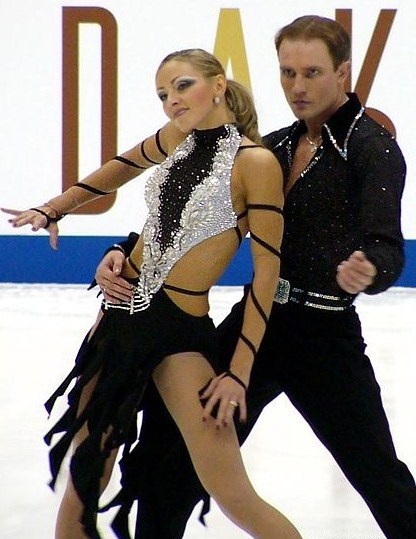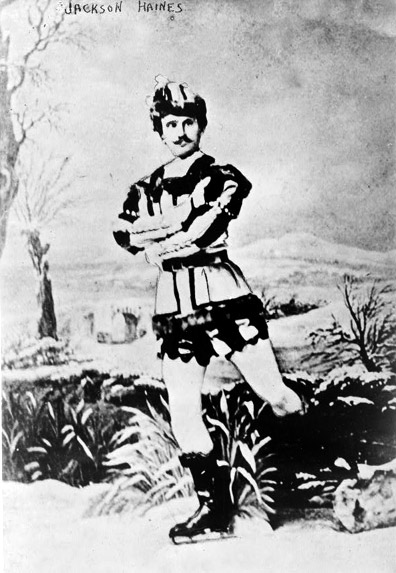|
Barbara Fusar-Poli
Barbara Fusar-Poli (born 6 February 1972) is an Italian ice dancing coach and former competitor. With partner Maurizio Margaglio, she is the 2001 World champion, 2001 European champion, and 2002 Olympic bronze medalist. They won nine Italian titles and competed at three Olympics. Career Early in her career, Fusar-Poli competed with Matteo Bonfa and then Alberto Reani. After Reani retired, she asked Maurizio Margaglio to skate with her. She and Margaglio began skating on the senior level in 1994-95, and enjoyed some success in the first years of their career, including winning several Grand Prix medals. In 1999-2000, they won their first medals at the European and World Championships, finishing in second place at both events. The following season was very successful for the duo, who won every event they entered and became the first Italians to win a World title in any discipline. They were not as successful in 2001-02, dropping to second at the Europeans and finishing third at the ... [...More Info...] [...Related Items...] OR: [Wikipedia] [Google] [Baidu] |
Maurizio Margaglio
Maurizio Margaglio (; born 16 November 1974) is an Italian ice dancing coach and former competitor. With partner Barbara Fusar-Poli, he is the 2001 World champion, 2001 European champion, and 2002 Olympic bronze medalist. They won nine Italian titles and competed at three Olympics. Competitive career Margaglio began skating at age ten, directly in ice dancing. Early in his career, Margaglio was a three-time Italian junior champion with Claudia Frigoli. Barbara Fusar-Poli asked Margaglio to skate with her after her partner retired. He and Fusar-Poli began skating on the senior level in 1994-95, and enjoyed some success in the first years of their career, including winning several Grand Prix medals. In 1999-2000, they won their first medals at the European and World Championships, finishing in second place at both events. The following season was very successful for the duo, who won every event they entered and became the first Italians to win a World title in any discipline. T ... [...More Info...] [...Related Items...] OR: [Wikipedia] [Google] [Baidu] |
2000 European Figure Skating Championships
The 2000 European Figure Skating Championships was a senior international figure skating competition in the 1999–2000 season. Medals were awarded in the disciplines of men's singles, ladies' singles, pair skating, and ice dancing. The event was held at the Stadthalle in Vienna, Austria from February 6 to 13, 2000. Qualifying The competition was open to skaters from European ISU member nations who had reached the age of 15 before 1 July 1999. The corresponding competition for non-European skaters was the 2000 Four Continents Championships. National associations selected their entries based on their own criteria. Based on the results of the 1999 European Championships, each country was allowed between one and three entries per discipline. Medals table Competition notes Due to the large number of participants, the men's and ladies' qualifying groups were split into groups A and B. Pairs champions Elena Berezhnaya / Anton Sikharulidze were stripped of their title after Be ... [...More Info...] [...Related Items...] OR: [Wikipedia] [Google] [Baidu] |
Marco Fabbri
Marco Fabbri (born 2 February 1988) is an Italian ice dancer. With his skating partner, Charlène Guignard, he is the 2023 World silver medalist, 2023 European champion, a two-time European bronze medalist (2019, 2022), a two-time Grand Prix Final bronze medalist (2018–19, 2022–23), and five-time Italian national champion. The two are also five-time Lombardia Trophy champions, two-time Golden Spin of Zagreb champions, and eight-time Italian national silver medalists. They represented Italy at the 2014, 2018 and 2022 Winter Olympics. Personal life Marco Fabbri was born on 2 February 1988 in Milan, Italy. He is the elder brother of Italian ice dancer Andrea Fabbri. He and Guignard have been in a relationship since 2009. Career Early career Fabbri began learning to skate in 1995. He won Italy's novice ice dancing title with Stefania Berton but then concentrated on singles from 2001 to 2007. As a single skater, he won two junior national titles and three senior nati ... [...More Info...] [...Related Items...] OR: [Wikipedia] [Google] [Baidu] |
Charlene Guignard
Charlene may refer to: People and fictional characters * Charlene (given name), including a list of people and fictional characters with the given name Charlene or Charleen * Charlene (singer), American singer Charlene D'Angelo (born 1950) Music Albums * Charlene (Charlene album), ''Charlene'' (Charlene album), 1977 * Charlene (Tweet album), ''Charlene'' (Tweet album), 2016 Songs * Charlene (song), "Charlene" (song), a 2003 song by Anthony Hamilton * "Charlene", a 1959 song by Jerry Fuller * "Charlene", a 1995 song by Björk, B-side of "Isobel (song), Isobel" * "Charlene (I'm Right Behind You)", a song by Stephen Colbert (character), Stephen and the Colberts See also * * Charley (other) * Charlie (other) * Charlin (other) * Charles (other) * Charlot (other) * Charlotte (other) * Carlin (other) * Karlin (other) {{disambiguation cy:Charlene ... [...More Info...] [...Related Items...] OR: [Wikipedia] [Google] [Baidu] |
Swarovski Crystals
Swarovski (, ) is an Austrian producer of glass based in Wattens, Austria, and has existed as a family-owned business since its founding in 1895 by Daniel Swarovski. The company is split into three major industry areas: the Swarovski Crystal Business, which primarily produces crystal glass, jewelry and accessories; Swarovski Optik, which produces optical instruments such as telescopes, telescopic sights for rifles, and binoculars; and Tyrolit, a manufacturer of grinding, sawing, drilling, and dressing tools, as well as a supplier of tools and machines. Today, the Swarovski Crystal Business is one of the highest grossing business units within Swarovski, with a global reach of approximately 3,000 stores in roughly 170 countries, more than 29,000 employees, and a revenue of about 2.7 billion euros (in 2018). Swarovski is now run by the fifth generation of family members. It has been announced, however, that for the first time in the company's key history, senior management p ... [...More Info...] [...Related Items...] OR: [Wikipedia] [Google] [Baidu] |
Roman Kostomarov
Roman Sergeyevich Kostomarov (russian: Роман Серге́евич Костомаров, born 8 February 1977) is a Russian ice dancer. With partner Tatiana Navka, he is the 2006 Olympic champion, two-time World champion (2004–05), three-time Grand Prix Final champion (2003–05), and three-time European champion (2004–06). Career Kostomarov began skating at the age of nine and a coach put him in ice dancing at eleven. He won the 1996 World Juniors Championships with Ekaterina Davydova. Kostomarov began competing with Tatiana Navka during the 1998–99 season. They were coached by Natalia Linichuk. They won the bronze medal at the Russian Championships and were sent to the World Championships in their first season together, placing 12th. Linichuk then dissolved the team and paired Kostomarov with Anna Semenovich. He competed with Semenovich during the 1999–2000 season. In mid-2000, Kostomarov called Navka and asked to skate with her again. They were coached by Al ... [...More Info...] [...Related Items...] OR: [Wikipedia] [Google] [Baidu] |
Tatiana Navka
Tatyana Aleksandrovna Navka (russian: Татьяна Александровна Навка; born 13 April 1975) is a Russian former competitive ice dancer and wife of Dmitry Peskov. With her dance partner Roman Kostomarov, she is the 2006 Olympic champion, a two-time World champion (2004–05), a three-time Grand Prix Final champion (2003–05), and a three-time European champion (2004–06). Earlier in her career, she competed for the Soviet Union and Belarus. Early life Tatiana Navka was born on 13 April 1975 in Dnipropetrovsk, Ukrainian SSR, Soviet Union. She is the daughter of Raisa, an economist, and Aleksandr, an engineer, and has a younger sister, Natalia. In 1988, she moved to Moscow Oblast, Russian SFSR. Career Early years in skating Tatiana Navka became interested in skating at the age of five after seeing it on television. Tamara Yarchevskaya and Alexander Rozhin coached her during her early years as a single skater. In 1987, following a 14 cm growth spurt t ... [...More Info...] [...Related Items...] OR: [Wikipedia] [Google] [Baidu] |
Figure Skating At The 2006 Winter Olympics – Ice Dancing
Figure may refer to: General *A shape, drawing, depiction, or geometric configuration *Figure (wood), wood appearance *Figure (music), distinguished from musical motif *Noise figure, in telecommunication *Dance figure, an elementary dance pattern *A person's figure, human physical appearance Arts *Figurine, a miniature statuette representation of a creature *Action figure, a posable jointed solid plastic character figurine *Figure painting, realistic representation, especially of the human form *Figure drawing *Model figure, a scale model of a creature Writing *figure, in writing, a type of floating block (text, table, or graphic separate from the main text) * Figure of speech, also called a rhetorical figure *Christ figure, a type of character * in typesetting, text figures and lining figures Accounting *Figure, a synonym for number *Significant figures in a decimal number Science * Figure of the Earth, the size and shape of the Earth in geodesy Sports *Figure (horse), ... [...More Info...] [...Related Items...] OR: [Wikipedia] [Google] [Baidu] |
2006 Winter Olympics
The 2006 Winter Olympics, officially the XX Olympic Winter Games ( it, XX Giochi olimpici invernali) and also known as Torino 2006, were a winter multi-sport event held from 10 to 26 February 2006 in Turin, Italy. This marked the second time Italy had hosted the Winter Olympics, the first being in 1956 in Cortina d'Ampezzo; Italy had also hosted the Summer Olympics in 1960 in Rome. Turin was selected as the host city for the 2006 Games in June 1999. The official motto of Torino 2006 was "Passion lives here". The Games' logo depicted a stylized profile of the Mole Antonelliana building, drawn in white and blue ice crystals, signifying the snow and the sky. The crystal web was also meant to portray the web of new technologies and the Olympic spirit of community. The 2006 Olympic mascots were Neve ("snow" in Italian), a female snowball, and Gliz, a male ice cube. Italy will host the Winter Olympics again in 2026, scheduled to be held in Milan and Cortina d'Ampezzo. Host ... [...More Info...] [...Related Items...] OR: [Wikipedia] [Google] [Baidu] |
2002 World Figure Skating Championships
The 2002 World Figure Skating Championships were held at the M-Wave Arena in Nagano, Japan from March 16 to 24, sanctioned by the International Skating Union. Medals were awarded in the disciplines of men's singles, ladies' singles, pair skating, and ice dancing. Medal table Competition notes It was the first ISU competition after the much publicized 2002 Olympic judging controversy. Neither pairs gold medalists chose to attend. Both went pro soon after. 2002 Worlds was the first time Israel had ever won a medal at Worlds. Due to the large number of participants, the men's and ladies' qualifying groups were split into groups A and B. The first compulsory dance was the Golden Waltz. The second was the Quickstep. Results Men Ladies Pairs Ice dancing References External links 2002 World Figure Skating Championships* https://web.archive.org/web/20120324011920/http://ww2.isu.org/news/fsworlds1.html * https://web.archive.org/web/20120324011925/http://ww2.isu.org/news/f ... [...More Info...] [...Related Items...] OR: [Wikipedia] [Google] [Baidu] |
Ice Dancing
Ice dance (sometimes referred to as ice dancing) is a discipline of figure skating that historically draws from ballroom dancing. It joined the World Figure Skating Championships in 1952, and became a Winter Olympic Games medal sport in 1976. According to the International Skating Union (ISU), the governing body of figure skating, an ice dance team consists of one woman and one man. Ice dance, like pair skating, has its roots in the "combined skating" developed in the 19th century by skating clubs and organizations and in recreational social skating. Couples and friends would skate waltzes, marches, and other social dances. The first steps in ice dance were similar to those used in ballroom dancing. In the late 1800s, American Jackson Haines, known as "the Father of Figure Skating", brought his style of skating, which included waltz steps and social dances, to Europe. By the end of the 19th century, waltzing competitions on the ice became popular throughout the world. By the ear ... [...More Info...] [...Related Items...] OR: [Wikipedia] [Google] [Baidu] |




